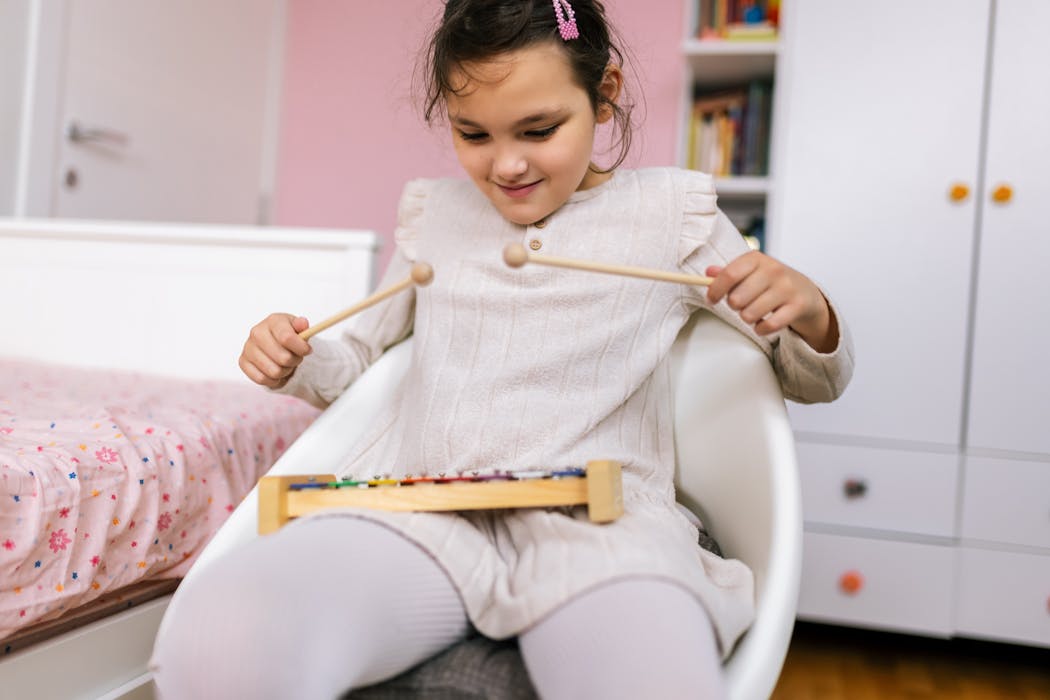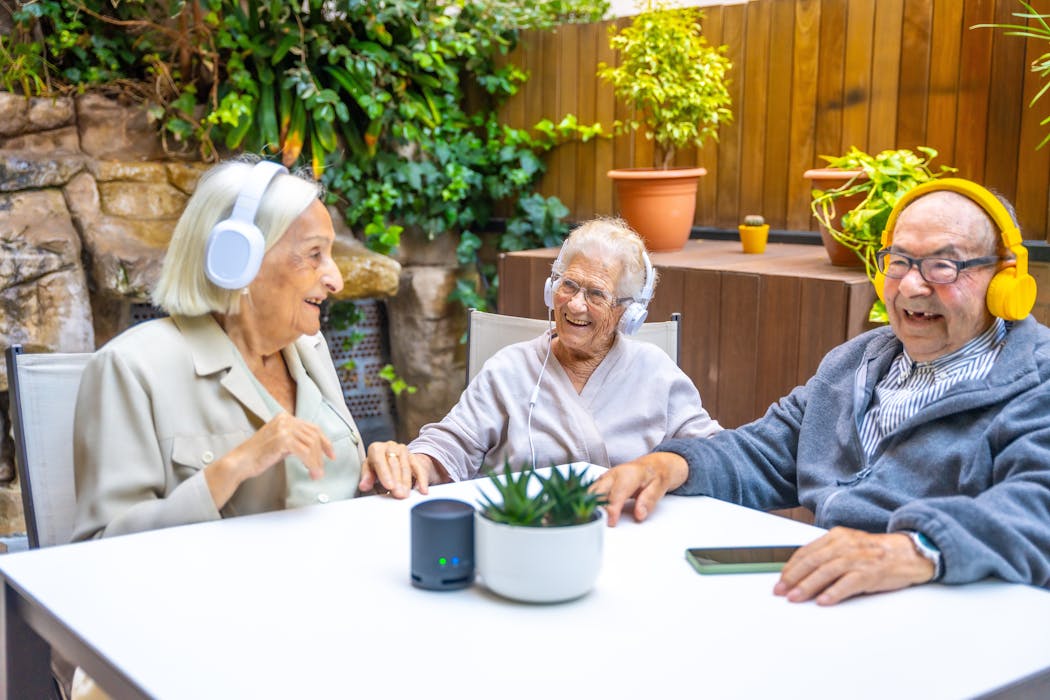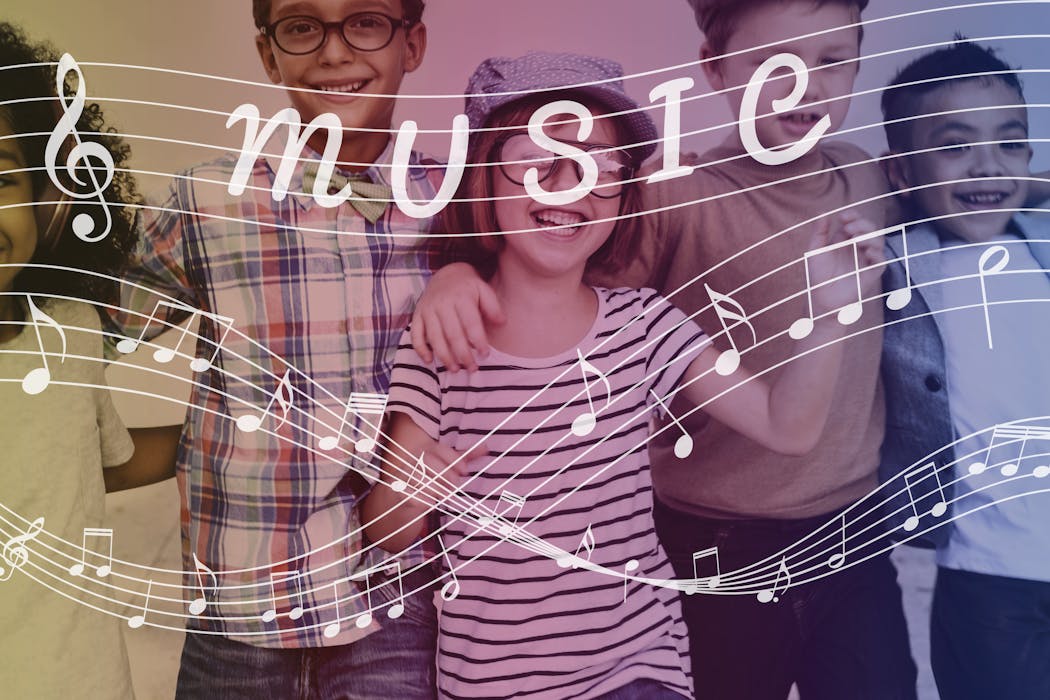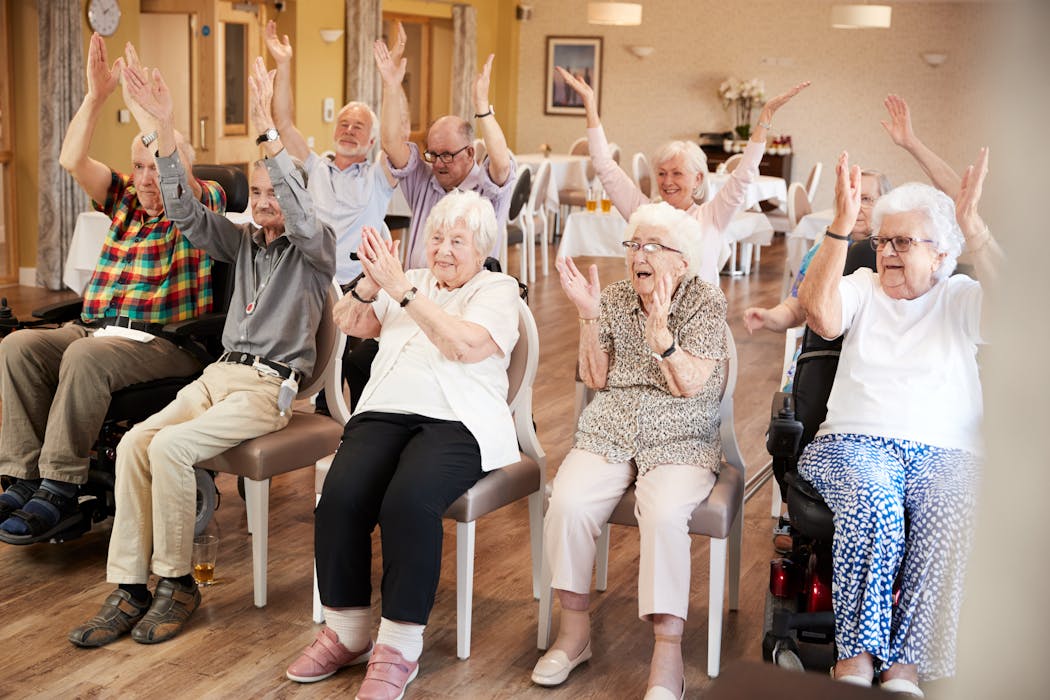Introduction
Non-verbal communication is a fundamental aspect of human interaction. It refers to the messages we convey through facial expressions, body language, gestures, and tone of voice, among other non-verbal cues. While verbal communication is important, non-verbal communication often plays a more significant role in conveying our thoughts, feelings, and intentions. Understanding and interpreting non-verbal cues is crucial in everyday life, as it can greatly impact the success of our interactions and relationships.
The Power of Non-Verbal Communication in Everyday Life
Non-verbal communication affects our daily interactions in numerous ways. For example, when meeting someone for the first time, we often form initial impressions based on their body language and facial expressions. If someone appears closed off or uninterested, we may assume they are not interested in engaging with us. On the other hand, if someone displays open and welcoming body language, we are more likely to feel comfortable and open up to them.
Non-verbal communication also plays a significant role in conveying emotions. For instance, a smile can indicate happiness or friendliness, while a frown can signal sadness or disapproval. These non-verbal cues can greatly impact the way others perceive us and can influence the overall tone and outcome of a conversation.
Understanding non-verbal cues is essential for effective communication. It allows us to accurately interpret the thoughts, feelings, and intentions of others, leading to more meaningful and successful interactions. By paying attention to non-verbal cues, we can better understand the underlying messages being conveyed and respond appropriately.
Understanding Body Language: The Key to Effective Communication
Body language refers to the non-verbal signals we send through our posture, gestures, and movements. It is an essential aspect of communication, as it can convey a wide range of emotions and intentions. Understanding body language is crucial for effective communication, as it can help us accurately interpret the messages being conveyed.
Common body language cues include crossed arms, which often indicate defensiveness or resistance, and open arms, which convey openness and receptiveness. Similarly, leaning in towards someone can signal interest and engagement, while leaning away can indicate disinterest or discomfort. By paying attention to these cues, we can gain valuable insights into the thoughts and feelings of others, allowing us to respond appropriately and effectively.
The Science of Non-Verbal Communication: How Our Brains Interpret Gestures and Expressions
The neuroscience behind non-verbal communication is a fascinating field of study. Our brains are wired to interpret and respond to non-verbal cues, often on a subconscious level. When we see someone smile, for example, our brains automatically release feel-good chemicals, such as dopamine, which can enhance our mood and create a positive connection.
Our brains also have mirror neurons, which are responsible for imitating the actions and emotions of others. When we see someone yawn, for instance, our mirror neurons fire, causing us to yawn as well. This phenomenon highlights the power of non-verbal communication and how it can create a sense of empathy and connection between individuals.
The Role of Facial Expressions in Conveying Emotion and Intent
Facial expressions are one of the most powerful forms of non-verbal communication. Our faces are incredibly expressive and can convey a wide range of emotions and intentions. From a simple smile to a furrowed brow, our facial expressions can communicate happiness, sadness, anger, surprise, and more.
Understanding facial expressions is crucial for effective communication, as it allows us to accurately interpret the emotions and intentions of others. For example, a raised eyebrow can indicate skepticism or surprise, while a clenched jaw can signal anger or frustration. By paying attention to these cues, we can better understand the underlying messages being conveyed and respond appropriately.
The Art of Listening: How Non-Verbal Cues Can Help You Understand Others
Active listening is an essential skill in effective communication, and non-verbal cues play a significant role in this process. By paying attention to non-verbal cues, such as body language and facial expressions, we can gain valuable insights into the thoughts and feelings of others.
For example, if someone is speaking but avoiding eye contact, it may indicate that they are uncomfortable or hiding something. On the other hand, if someone is nodding and maintaining eye contact, it suggests that they are engaged and interested in the conversation. By actively listening and observing these non-verbal cues, we can better understand the needs and concerns of others, leading to more meaningful and productive interactions.
The Importance of Eye Contact: What Your Gaze Says About You
Eye contact is a powerful form of non-verbal communication. It can convey a wide range of messages, from interest and engagement to disinterest and avoidance. Maintaining appropriate eye contact is crucial for effective communication, as it can greatly impact the way others perceive us and the success of our interactions.
For example, avoiding eye contact can be interpreted as a lack of confidence or trustworthiness, while maintaining too much eye contact can be seen as aggressive or confrontational. Striking the right balance is essential, as it conveys respect, interest, and openness. By maintaining appropriate eye contact, we can create a sense of connection and trust with others, leading to more successful and meaningful interactions.
The Influence of Culture on Non-Verbal Communication: Navigating Differences in Gestures and Expressions
Culture plays a significant role in non-verbal communication. Different cultures have their own unique gestures, expressions, and body language cues, which can greatly impact the way messages are conveyed and interpreted.
For example, in some cultures, direct eye contact is seen as a sign of respect and engagement, while in others, it may be considered rude or confrontational. Similarly, hand gestures that are considered harmless in one culture may be offensive or inappropriate in another. Understanding and respecting these cultural differences is crucial for effective communication, especially in multicultural settings.
Non-Verbal Communication in the Digital Age: How Technology is Changing the Way We Connect
In today’s digital age, non-verbal communication has taken on a new form. With the rise of technology, we now rely heavily on digital communication platforms, such as email, text messaging, and video calls. While these platforms offer convenience and efficiency, they also present challenges when it comes to non-verbal communication.
Without the ability to see facial expressions, body language, and other non-verbal cues, it can be challenging to accurately interpret the messages being conveyed. Emoticons and emojis have emerged as a way to compensate for this lack of non-verbal cues, but they are often limited in their ability to convey complex emotions and intentions. Navigating non-verbal communication in the digital age requires adaptability and an understanding of the limitations of these platforms.
The Dark Side of Non-Verbal Communication: How Misinterpretation Can Lead to Conflict
While non-verbal communication is a powerful tool, it can also lead to miscommunication and conflict if not properly understood or interpreted. Misreading non-verbal cues can result in misunderstandings, hurt feelings, and damaged relationships.
For example, a person may interpret a lack of eye contact as disinterest or dishonesty, when in reality, the individual may simply have a cultural or personal preference for less eye contact. Similarly, a person’s body language may be misinterpreted as aggression or defensiveness, when in fact, they may be feeling anxious or uncomfortable.
To avoid these misunderstandings, it is important to approach non-verbal communication with an open mind and a willingness to clarify and seek understanding. Asking questions and seeking clarification can help prevent misinterpretation and promote effective communication.
Mastering Non-Verbal Communication: Tips and Strategies for Improving Your Skills
Improving non-verbal communication skills requires practice and awareness. Here are some tips and strategies to help you master non-verbal communication:
1. Pay attention: Be mindful of your own non-verbal cues and the cues of others. Notice how body language, facial expressions, and tone of voice impact the overall message being conveyed.
2. Practice active listening: Focus on the speaker and make an effort to understand their non-verbal cues. Avoid interrupting and show genuine interest through your own non-verbal cues, such as nodding and maintaining eye contact.
3. Seek feedback: Ask trusted friends or colleagues for feedback on your non-verbal communication skills. They may be able to provide valuable insights and suggestions for improvement.
4. Study cultural differences: Familiarize yourself with the non-verbal cues and gestures of different cultures. This will help you navigate multicultural settings and avoid misunderstandings.
5. Use technology mindfully: When communicating digitally, be aware of the limitations of non-verbal cues. Use emoticons and emojis to convey emotions, but also be aware that they may not always accurately represent your intended message.
Conclusion
Non-verbal communication is a powerful tool that greatly impacts our daily interactions and relationships. Understanding and interpreting non-verbal cues is crucial for effective communication, as it allows us to accurately interpret the thoughts, feelings, and intentions of others. By paying attention to body language, facial expressions, and other non-verbal cues, we can enhance our communication skills and create more meaningful and successful interactions. With practice and awareness, we can master the art of non-verbal communication and improve our overall communication skills.
Find out how Torongo Therapyplus can help you with your needs. Get in touch with us at smile@torongo.life, or call us on 02 8809 9965.































